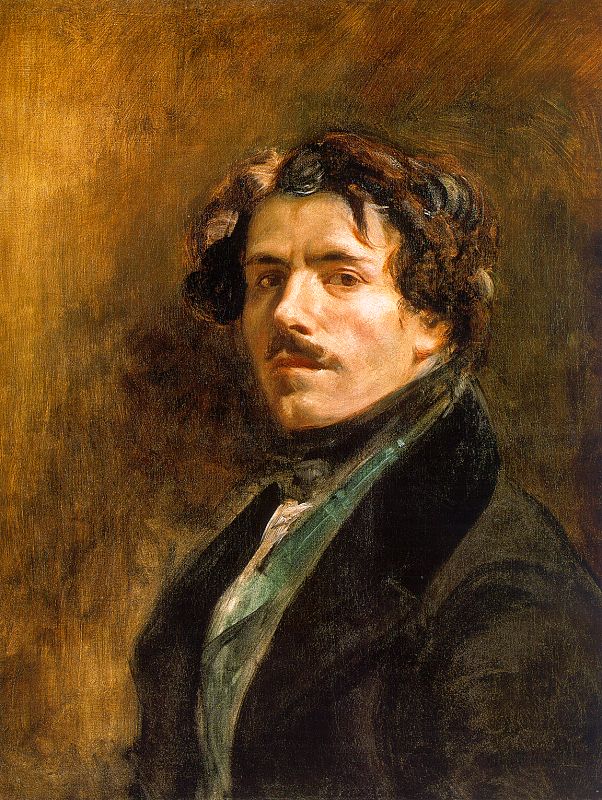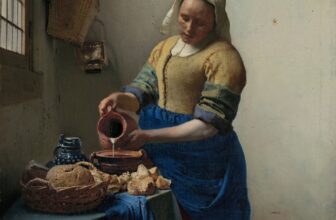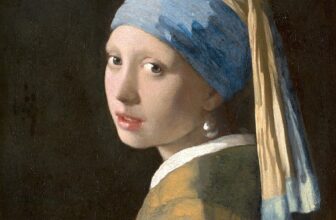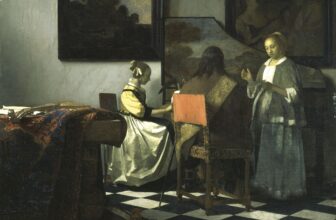
What was Eugène Delacroix known for
Eugène Delacroix is widely recognized as one of the most significant painters of the Romantic era. His vibrant use of color, dramatic compositions, and expressive brushwork set him apart from his contemporaries and solidified his reputation as a master of emotion and movement. Delacroix’s impact on art extended beyond his lifetime, influencing the Impressionists and other modern painters who admired his bold, free-spirited approach to painting.
What Was Eugène Delacroix Known For?
Delacroix was known for his dynamic and dramatic paintings that often depicted historical, mythological, and literary themes. His work was heavily influenced by literature, political events, and his travels, particularly to North Africa. He was fascinated by the human condition, the struggle for freedom, and the raw power of emotions, all of which he masterfully conveyed on canvas. Some of his most famous works include:
- “Liberty Leading the People” (1830) – A revolutionary masterpiece depicting the July Revolution in France.
- “The Death of Sardanapalus” (1827) – A dramatic and opulent scene inspired by Lord Byron’s play.
- “The Massacre at Chios” (1824) – A poignant portrayal of Greek civilians suffering under Ottoman rule.
- “Women of Algiers in Their Apartment” (1834) – A glimpse into the daily lives of North African women, painted with exquisite detail and color.
- “Christ on the Sea of Galilee” (1854) – A biblical work showcasing his signature stormy compositions.
His ability to depict movement, intensity, and raw emotion set his work apart from the more rigid neoclassical traditions of the time. Delacroix’s paintings often featured dramatic contrasts, swirling figures, and luminous colors, which made his work feel alive and deeply engaging.
Why Was Eugène Delacroix Considered One of the Most Famous Romantic Painters in France?
Delacroix embodied the essence of Romanticism, an artistic and intellectual movement that emerged in the late 18th century as a reaction against the rationalism of the Enlightenment and the strict formalism of Neoclassicism. Romantic artists sought to express deep emotions, individual experiences, and the sublime power of nature.
Several aspects made Delacroix a defining figure of the movement:
- Emotion Over Reason: Romanticism prioritized feeling and imagination over logic and order. Delacroix’s paintings were filled with passion, heroism, and sometimes even despair, making them deeply resonant with viewers.
- Dramatic Use of Color: Delacroix was a master of color and contrast. He used bold, rich hues to create depth and drama, inspiring later artists such as Vincent van Gogh and the Impressionists.
- Influence of Literature and History: Delacroix was deeply inspired by literary works, particularly those of Shakespeare, Goethe, and Byron. His paintings often depicted dramatic historical events, myths, and literary themes, reinforcing the idea that art should evoke powerful narratives.
- Exoticism and Adventure: His trip to Morocco in 1832 deeply influenced his work, leading him to explore themes of Orientalism. He was fascinated by the vibrant culture, landscapes, and people, which he captured in a series of strikingly detailed and colorful paintings.
By embracing the ideals of Romanticism and bringing them to life in his art, Delacroix became the movement’s leading figure in France. His influence spread far beyond the Romantic period, setting the stage for modernist movements that followed.
Why Did Delacroix Paint “Liberty Leading the People”?
One of Delacroix’s most celebrated works, “Liberty Leading the People”, was painted in 1830 to commemorate the July Revolution in France. This uprising led to the overthrow of King Charles X and the establishment of a constitutional monarchy under Louis-Philippe.
Delacroix himself was not a political revolutionary, but he was deeply moved by the events of the time. He believed that artists had a duty to capture the spirit of their era, and “Liberty Leading the People” became a symbol of resistance, unity, and freedom.
Symbolism in the Painting
- The Central Figure – Liberty: The personification of Liberty is depicted as a strong, bare-breasted woman wearing a Phrygian cap, a symbol of freedom and revolution. She holds the French tricolor flag in one hand and a musket in the other, leading the people forward.
- Diverse Revolutionaries: The people surrounding Liberty represent different social classes: a working-class boy wielding pistols, a bourgeois man in a top hat holding a rifle, and various other revolutionaries from different walks of life. This signifies the unity of the people in fighting for their rights.
- The Fallen Bodies: The dead figures in the foreground highlight the cost of revolution and the sacrifices made in the struggle for freedom.
- The Smoke and Chaos: The background filled with smoke, destruction, and distant barricades captures the raw energy and turbulence of the revolution.
The painting was both a political statement and an artistic triumph. It was initially acquired by the French government but was later removed from public view due to its revolutionary connotations. Today, it remains one of the most iconic representations of liberty and resistance.
What Style Did Delacroix Paint In?
Delacroix painted in the Romantic style, which emphasized emotion, drama, and individual expression over the structured ideals of Neoclassicism. While his early works still showed some neoclassical influence, he quickly broke away to embrace a more dynamic and expressive approach to painting.
His style is characterized by:
- Expressive Brushwork: Delacroix’s brushstrokes were loose and energetic, often appearing wild and unrestrained compared to the precision of Neoclassical painters.
- Vibrant Use of Color: He was a pioneer in using color to create depth and movement. His innovative use of complementary colors influenced later artists, especially the Impressionists.
- Dramatic Lighting and Composition: His paintings often featured strong contrasts of light and shadow, with compositions that guided the viewer’s eye across dynamic and often chaotic scenes.
- Focus on Emotion and Movement: Whether depicting battle scenes, historical events, or mythological subjects, Delacroix’s works always conveyed a sense of urgency and intense feeling.
His artistic philosophy was heavily influenced by the Venetian Renaissance painters, particularly Titian and Rubens, whose use of color and dramatic compositions he admired. Delacroix also drew inspiration from Michelangelo’s powerful figures and Goya’s dark, expressive works.
Eugène Delacroix was more than just a painter; he was a revolutionary artist who captured the soul of his time. His ability to fuse historical grandeur with raw emotion made his paintings unforgettable, and his influence can still be seen in modern art.
From the dramatic heroism of “Liberty Leading the People” to the exotic beauty of “Women of Algiers,” Delacroix’s legacy is one of passion, innovation, and artistic freedom. His Romantic vision transformed the art world, paving the way for future generations of painters who sought to break free from convention and express the full depth of human experience on canvas.
His works remain timeless testaments to the power of art to inspire, provoke, and elevate the human spirit.




